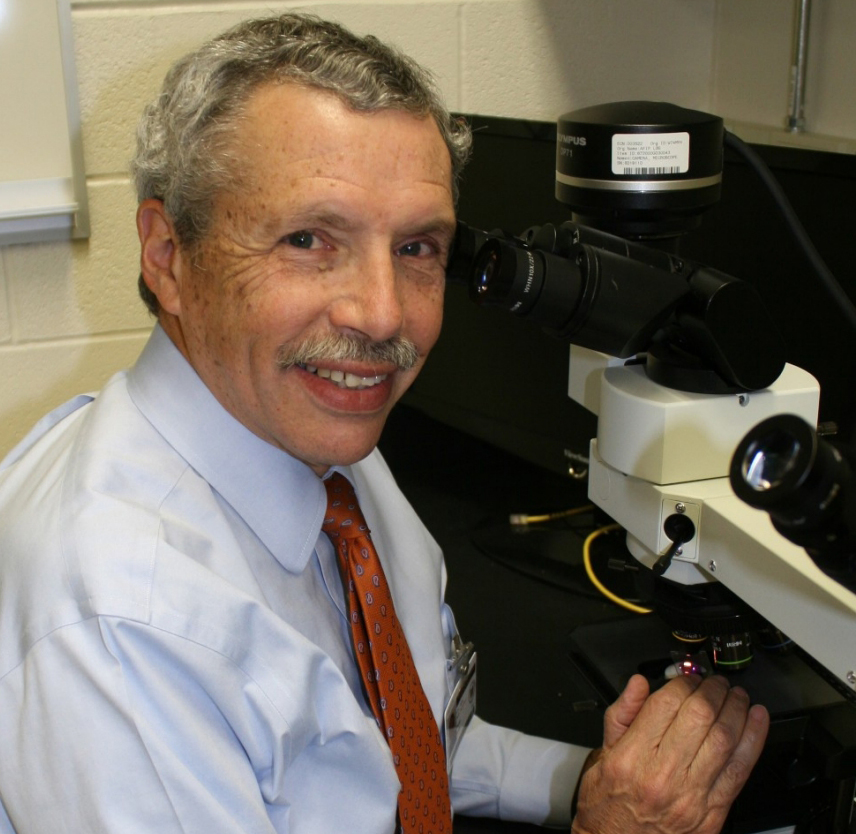Dr. Perl discusses some of the physiology of a blast injury and subsequent scarring.
Posted on BrainLine December 13, 2017.
About the author: Daniel P. Perl, MD
Dr. Perl is a Professor of Pathology at USUHS and Director of the CNRM's Brain Tissue Repository, where he has established a state-of-the-art neuropathology laboratory dedicated to research on the acute and long-term effects of traumatic brain injury among military personnel.


Comments (4)
Please remember, we are not able to give medical or legal advice. If you have medical concerns, please consult your doctor. All posted comments are the views and opinions of the poster only.
Anonymous replied on Permalink
Hi there! Thank you for the information and all your diligent work in this field. I had a question:
Were/are you able to identify any of this scarring or precursor on living people via MRI or similar imaging?
B. Ruth Deerfie... replied on Permalink
People kept tellling me that if I really wanted to get better and if I wanted to stay awake, that I could. They told me I just wasn't trying hard enough. My mother asked me if I was deliberately doing things in slow motion just to aggravate her. They told me it was all in my head (which it was). Who can normally sleep for 22 hours straight,
be force-fed by your parents because you're not hungry, throw up and be told what a hateful child you are and then beg your parents to let you go back to sleep again? My parents (when they did believe there was something wrong with me) would tell me I wasn't just wasn't trying hard enough. It turns out that I have a Factor XI deficiency, was hit on the top of the head, had a cerebral bleed damaging my hypothalmus (fever to 105) and reticular activating system and problems with fine motor skills. My EEG was abnormal 3 monthsafter the injury and remained abnormal for a year. This was long before CT scans and MRIs. I eventually recovered enough to graduate high scool at 16 and go to college and supported myself from age 17 on. While at UCSD, I was diagnosed with the classic form of idiopathic hypersomnia (my sleep EEG was so abnormal that there was no doubt there was something medically wrong) with sleep drunkness syndrome, sleep paralysis which I also have (Orthostatic hypotension diagnosed at age 9, Raynaud's phenomenon when I developed mild frostbite at age 7 in Massachusetts, orthostatic syncope since age 4 according to my mother, migraine headaches) sleep walking, I set 3 alarm clocks for my sleep inertia, one windup back before computers in case of a power outage and I happen to have both the injury to the reticular activating system when I was unconscious for 2 days after surgery because the hospital lost my dexedrine from home and wouldn't allow my husband to get more (not on formulary) got nosocomial pneumonia and respiratory failure requiring cefapime, vancomycin and a thoracentesis) & with all these problems graduated from UCSF medical School and diagnosed my own Factor XI deficiency while in Medical School. Didn't read about Roth's criteria for idiopathic hypersomnia classic form until 1999, which I fit all the criteria, onset four years after my head injury at age 10.
Doctor Michalsk... replied on Permalink
I find this to be a very good summary of how blast injuries damage the brain.
Doctor Michalsk... replied on Permalink
I believe that this is actually quite informative regarding blast injuries and traumatic brain injury.